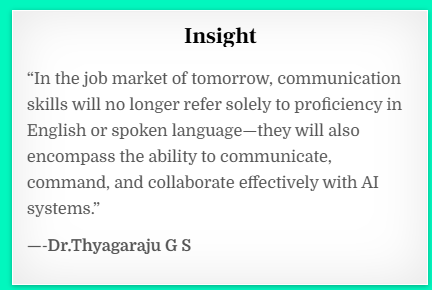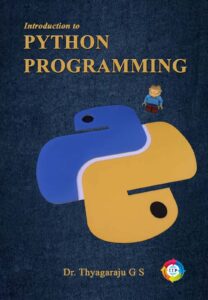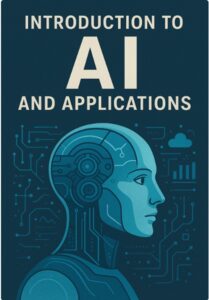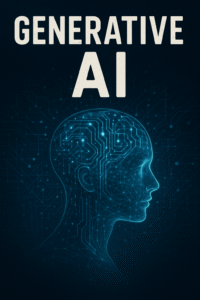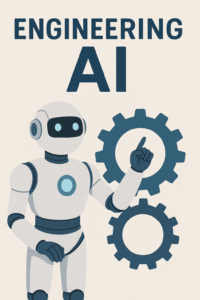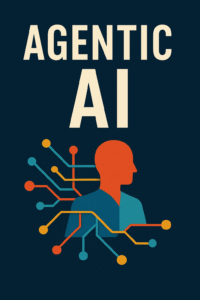In the modern workplace, English has long been the language of business, globalization, and professional success. However, as we enter the era of AI-driven ecosystems—populated by intelligent agents and automation tools—a new form of communication is emerging as equally vital: AI languages.
Just as fluency in English enables effective collaboration between people, fluency in AI languages enables effective collaboration between humans and machines. In today’s increasingly automated world, mastering these languages is not only advantageous—it is essential.
The Rise of AI Languages: What Are They?
AI languages are structured or semi-structured ways of communicating with intelligent systems—ranging from generative AI tools like ChatGPT, to task automation platforms, machine learning models, and no-code environments.
These “languages” may not be programming languages in the traditional sense, but they involve a linguistic and logical framework to interface with AI tools effectively.
Types of AI Languages and Their Uses
| AI Language Type | Examples | Primary Use |
|---|---|---|
| Prompt Engineering Language | ChatGPT, Claude, Gemini, DALL·E, Midjourney | Generating text, images, code, summaries, explanations, creative content |
| Natural Language Query Interfaces | Google Bard, Microsoft Copilot, Tableau Ask Data, Power BI Q&A | Conversational data queries, analysis, insights extraction |
| Domain-Specific Instruction Languages | AutoGPT, LangChain, Zapier AI, IFTTT | Automation tasks, tool chaining, workflow delegation |
| Conversational AI Design Languages | Rasa NLU, Dialogflow CX, Botpress, Microsoft Bot Framework | Designing bots, conversational flows, intent-response handling |
| Reinforcement Learning/Agent Training DSLs | OpenAI Gym, Unity ML-Agents | Training AI agents with structured environments and rewards |
| No-Code/Low-Code Logic Languages | Airtable AI, Notion AI, Bubble.io, Power Automate | Defining rules, logic flows, automated conditions |
| Annotation/Labeling Languages | Prodigy, Label Studio (with config scripts) | Data labeling, model training preparation |
| Command-Based AI Interfaces | Bash with AI support, Command-R (from Anthropic), CLI copilots | Developer-side AI task execution through structured commands |
Why AI Language Fluency is the New Essential Skill
The ability to communicate effectively with AI tools is fast becoming as important as proficiency in English. This is evident in:
- Content Creation:
Prompting AI to generate targeted reports, marketing copy, or lesson plans using well-structured instructions. - Data Analytics:
Asking, “What were the top-performing product lines in Q3 and what patterns can be identified across regions?” to tools like Power BI with AI integration. - Workflow Automation:
Using Zapier AI or IFTTT to design conditional tasks like, “When a customer fills out a form, email them a thank you message and log the entry in Airtable.” - Customer Support Bots:
Designing a chatbot using Rasa or Dialogflow that understands intent like “refund request” and responds appropriately with logic trees.
The clarity, precision, and contextual awareness you bring to AI tools directly influence the quality of their output.
Comparative Analysis: AI Languages vs. English/Natural Language Skills
| Aspect | English/Natural Language | AI Language |
|---|---|---|
| Purpose | Human-to-human communication | Human-to-AI communication |
| Relevance | Crucial in interpersonal, academic, and business contexts | Crucial in digital, automated, and AI-assisted contexts |
| Skillset | Grammar, tone, cultural sensitivity | Syntax, logic, structure, prompt design |
| Feedback | Immediate but subjective | Immediate and deterministic (based on input clarity) |
| Failure Case | Miscommunication, misunderstanding | Irrelevant, biased, or low-quality AI output |
| Career Dependency | Customer-facing roles, global teamwork | All digital roles including design, development, marketing, analytics |
| Learning Curve | Based on immersion and practice | Based on tool usage, logic building, experimentation |
Bottom line: Both are essential in a world where humans work alongside machines.
For Aspirants: How to Master AI Languages
- Understand Prompt Engineering Basics
Learn how to formulate clear, specific, and context-rich prompts. Try:
“Summarize the main points from this report in bullet format for a CXO-level presentation.” - Practice Across Tools
Use different platforms—ChatGPT for text, Midjourney for visuals, Power BI for queries—to build fluency. - Study AI Workflows
Understand how tools like LangChain, Zapier, and AutoGPT structure their instructions. - Incorporate Domain Context
Whether you’re in finance, education, or logistics, tailoring your prompts and logic to the domain improves results. - Develop Logic-Based Thinking
Learn to structure conditional instructions, chaining actions logically, similar to flowcharting or basic programming.
The Future is Bilingual: Natural + Artificial Language Fluency
In tomorrow’s job market, we won’t just be asked,
“Can you speak English?”
We’ll also be asked,
“Can you communicate with AI systems effectively?”
From automating routine tasks to producing strategic insights, those who master AI languages will become the architects of future workflows. It’s not a replacement for human intelligence—it’s an amplifier. And to harness it, we must speak its language.
So, just as we’ve invested years into learning English communication skills, it’s time we invest in the AI dialect of the digital age.

